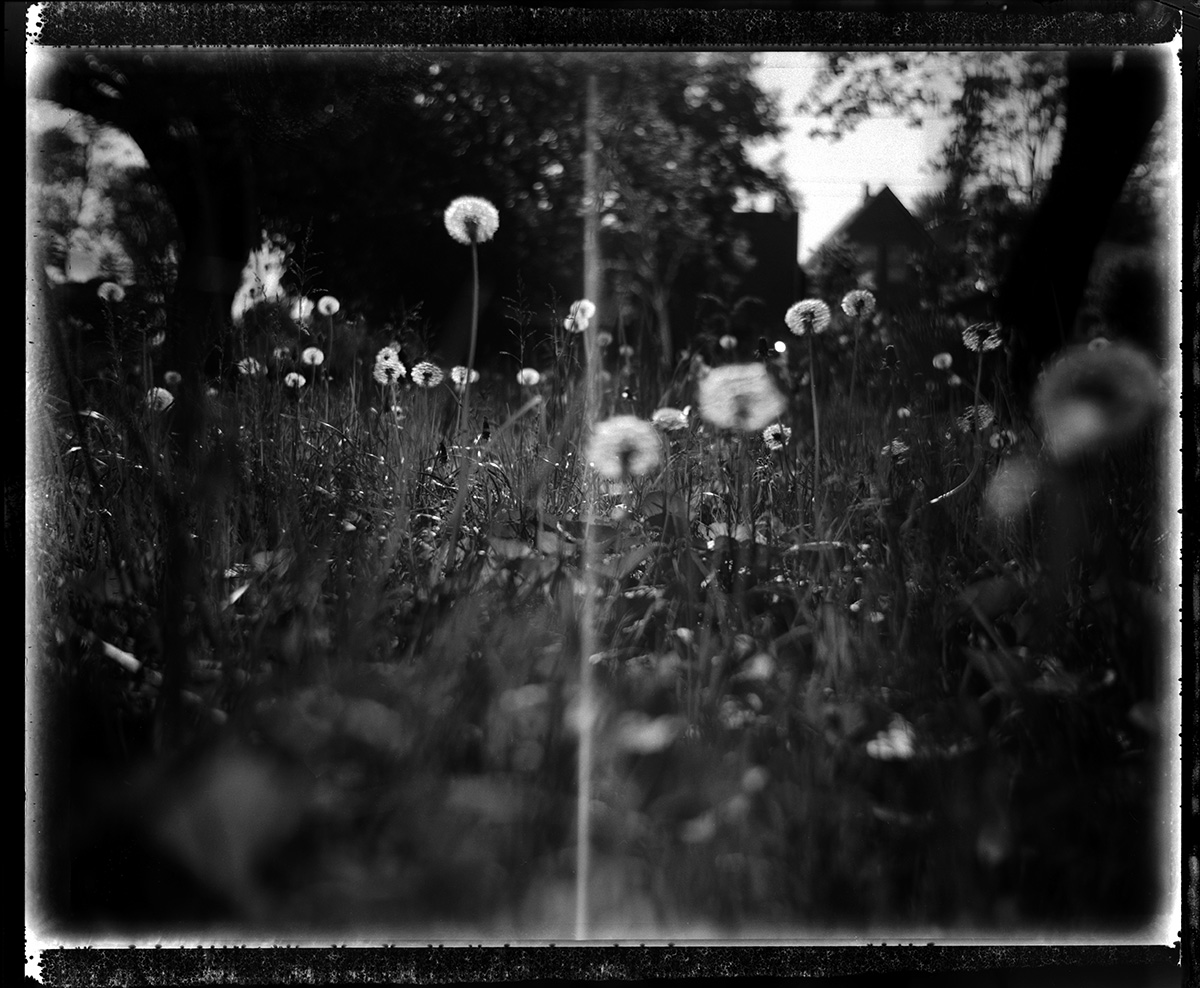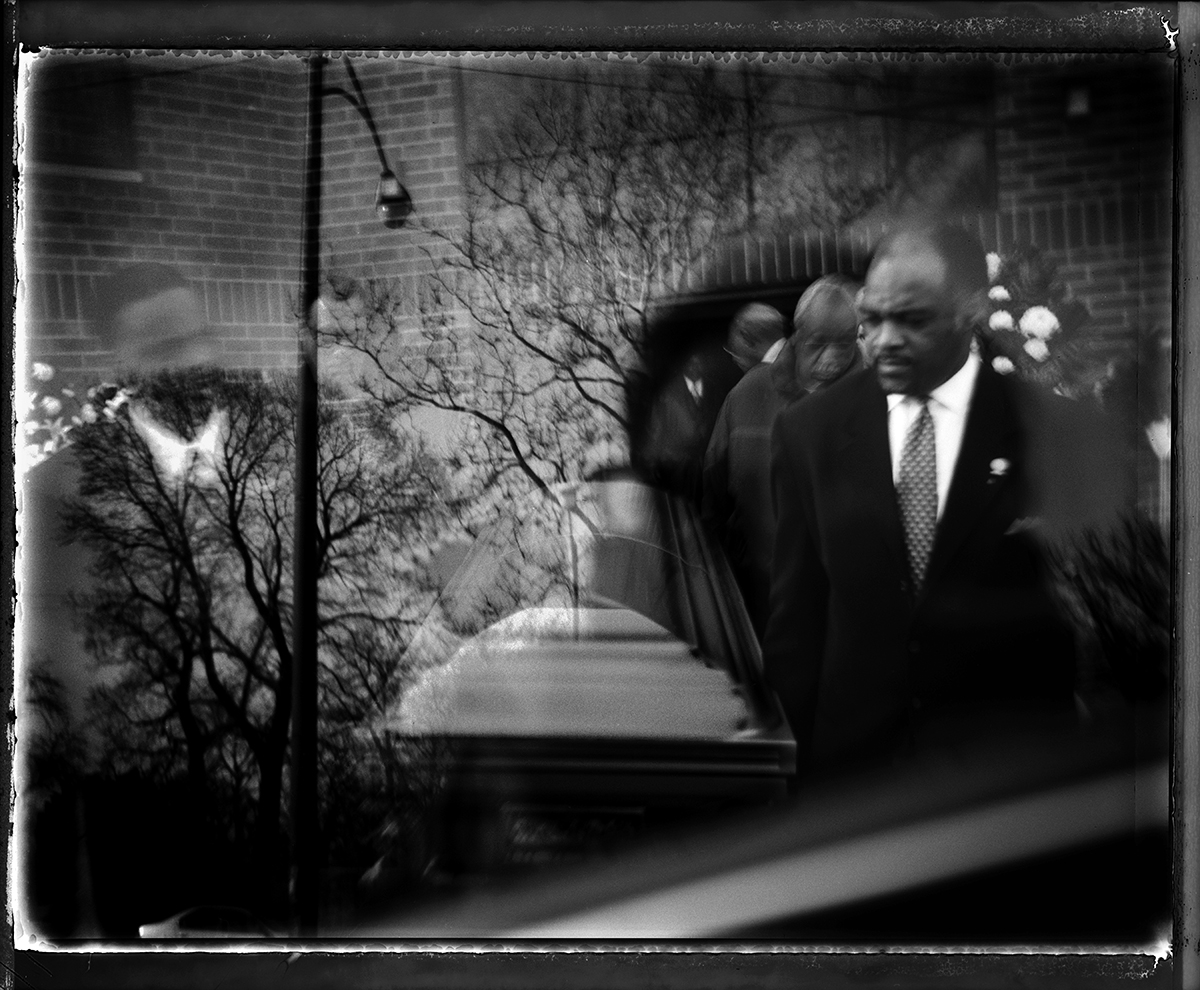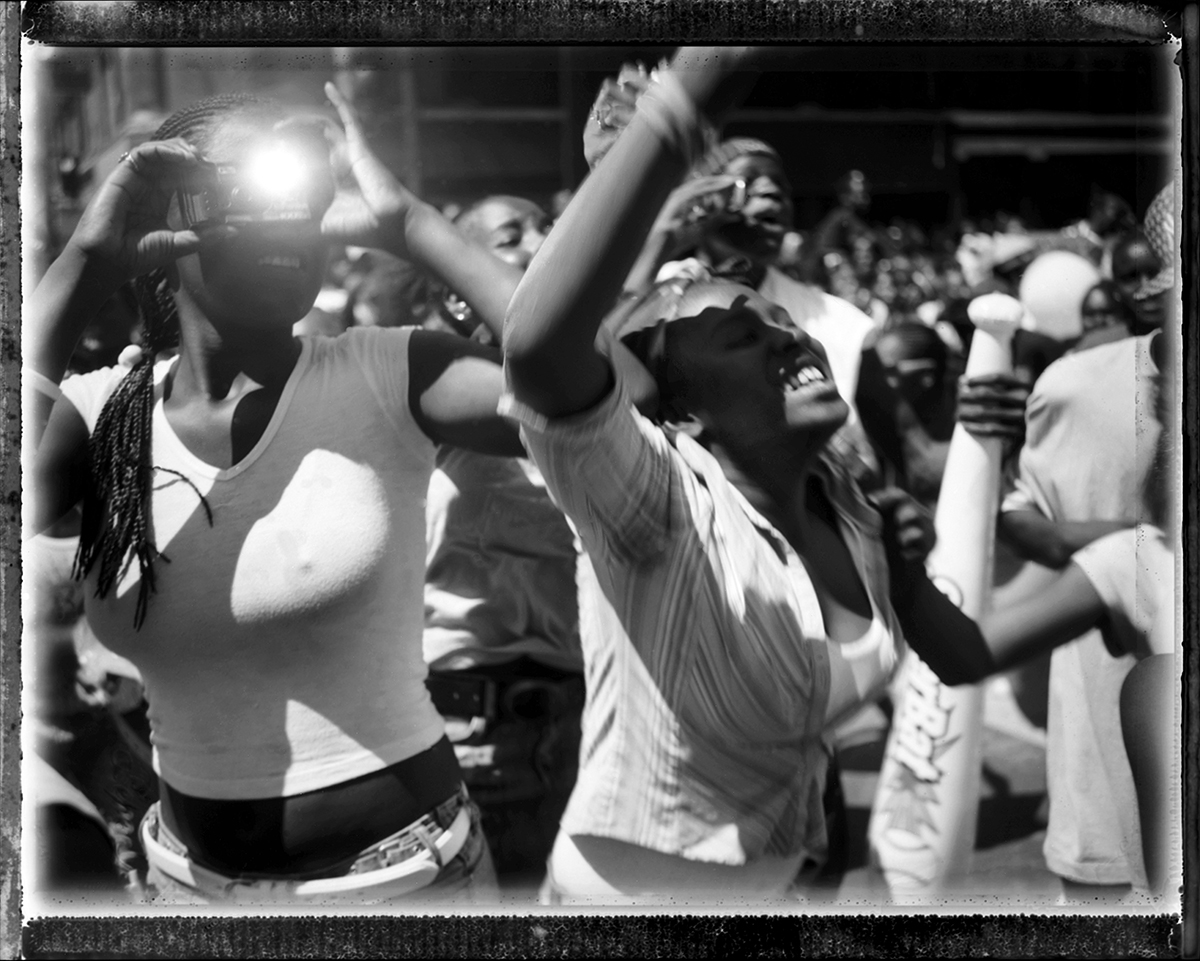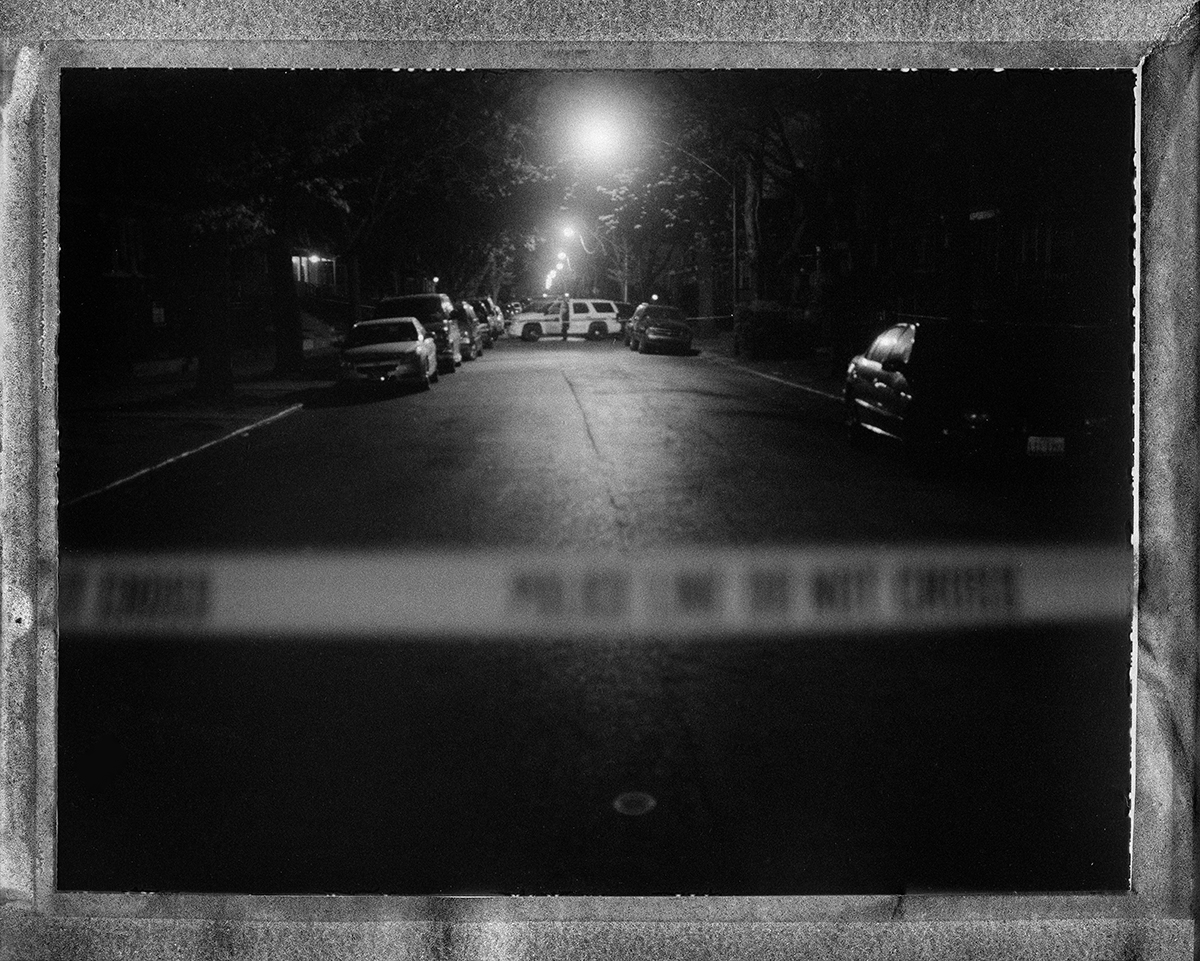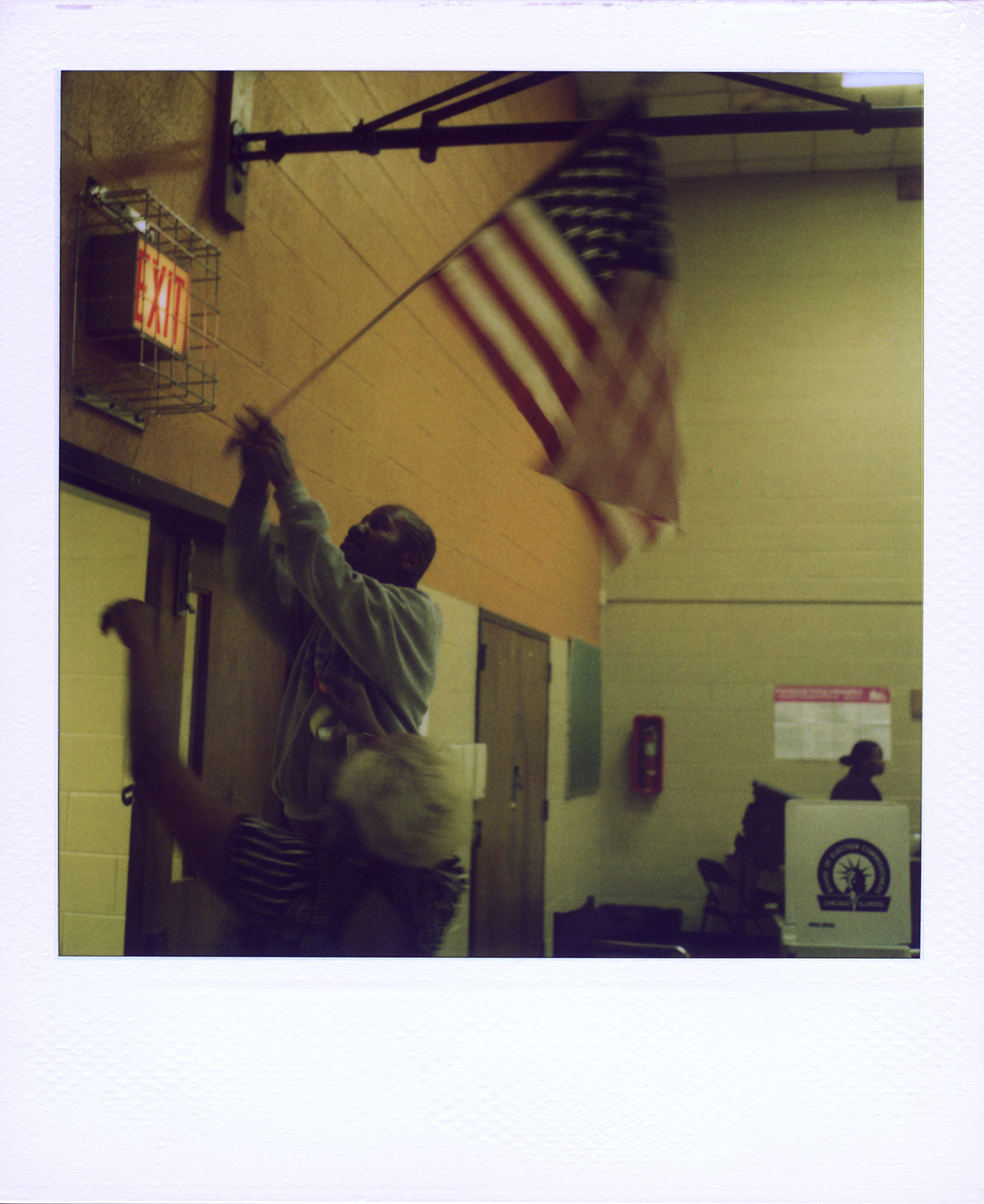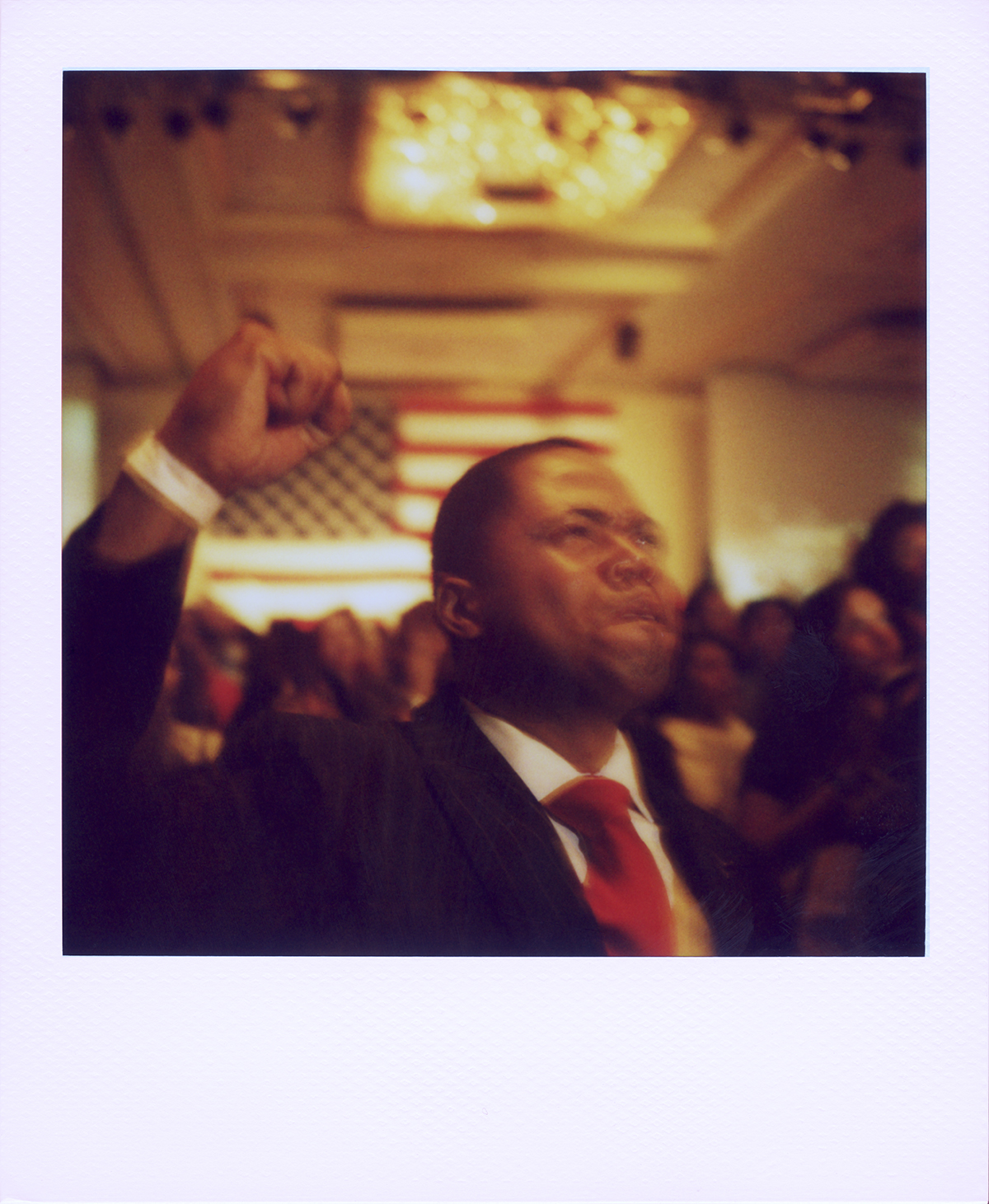South Side
by Jon lowenstein
Chapters
South Side
The South Side of Chicago – the States’ third most populous city – is shifting proverbially beneath the feet of its residents and has given birth to a host of vital questions: “What is a people’s attachment to place?” and, “What is an old space when its’ faces change, its structures shift, neighborhoods are destroyed while others are born?”
Chicago’s South Side trembles on the precipice of what was, what is and what will be. What emerges is an embattled yet exuberant community, existing both in the present and as a living embodiment of an earlier moment, survivors of a dismantled industrial model, and bearers of an all new cultural flame that smolders with untold potentiality.
The neighborhood has experienced major changes in the past five years, including a multimillion dollar rehabilitation of the Lakefront.
Unfortunately, as the city is repackaged, the poorest residents are being squeezed out of the city and forced to move to new communities and are not reaping the benefits of gentrification and urban transformation.
USA, Chicago, May 2006, Man stands on ladder while waiting for a chainsaw to arrive on the 7100 block of Dobson.
As a long-time Chicago South Side resident Jon Lowenstein seeks to transcend the traditional depictions of a sullied urban milieu. He has spent the past decade documenting the South Side’s living soul, capturing its vibrant vicissitudes on film and Polaroid instant film.
Chicago's Bloody Year
“I’m afraid Chicago is dying. As soon as you go two blocks outside the downtown radius, it’s a wasteland.”
- Lupe Fiasco
USA, Chicago, April 2012, The R.I.P. T-Shirt shop. Roseland neighborhood.
This past year saw increased bloodshed in Chicago. An almost 20% rise in murders pushed the total murders to 506 for 2012. Chicago’s South Side has experienced major changes over the past decade. Covering more than half the city of Chicago, the area has seen the dissolution of the world’s largest public housing developments, a multi-million dollar rehabilitation of the lakefront area as well as a spike in crime and violence in neighborhoods like Englewood, South Shore, Little Village and other South Side communities. While mass murders in Colorado and Newtown, Connecticut have caught the attention of political leaders the violence continues on a day to day basis in Chicago’s most violent neighborhoods. Although Chicago’s the third largest city in the country it had the most murders of any city in the United States. It remains to be seen what will be next for the city’s most impoverished communities.
USA, Chicago, April 2012, Abandoned buildings on the 6200 block of S. Martin Luther King Drive in the Woodlawn Neighborhood on Chicago's South Side. The adjacent neighborhoods have street nicknames such as MurderTown, Terror Town, The Wick and Pocket Town.
USA, Chicago, April 2012, Makeshift memorial for a 63 year old man killed on Chicago's South Side.
USA, Chicago, April 2012, Shrines and informal memorials pop-up throughout the South Side for people who die unexpected and violent deaths. Two young people were killed when a hit and run driver plowed into the Ochoa's family car.
USA, Chicago, April 2012, Looking S. on S. Chicago Ave. Chicago's South Side.
Election Day Polaroid
The 2008 Presidential election came to an end on November 4, 2008 as South Side residents cast their votes at poll booths throughout the South Side of Chicago. The stakes were high, as the country had endured eight years of Republican rule. Barack Obama won the general election in a sound beating of John McCain.
The reverberations were felt all over the world, but perhaps nowhere more strongly and personally than on the street corners, pool halls and voting lines of the South Side. Barack moved to Hyde Park in Chicago after he attended Harvard Law School and became the first African-American President of the United States.
Over the past thirty to forty years the South Side of Chicago has seen major disinvestment by political and economic powers within the city. However, the resilience of the people has not faltered. I wanted to spend the day in the places that Barack Obama has driven through for years and photograph the people who he first represented when he was a congressman in Illinois. This is Barack’s Chicago.
Just Another Day in The Hood
USA, Chicago, November 2012, Photograph from election day on Chicago's South and West Sides.
USA, Chicago, November 2012, Keith Green and Lydia Ross wait to vote with their children Keyana and Lydia. Keith, who spoke for the family, said that voting today was "Just as meaningful this time, if not even more.... We're moving forward. There's no reason to change now. Give him four more years."
Four years ago I spent one of the most wonderful days of my life wandering the streets of the South Side feeling the energy and anticipation of the possibility that the people of the United States would elect the first African-American President. Election day this year was a very different feeling.
“I believe he gonna do better these next four years.”
- Eric Randolph
In a place that’s used to tough times the past four years have been unusually challenging. Increased levels of poverty, structural violence, childhood poverty and a general feeling of being left behind has pervaded this time of the Great Recession. It hasn’t helped that President Obama has barely uttered the word ‘poverty’ nor made any trips to the embattled neighborhoods of the South Side where he made his name when he was a community organizer as a young man. Hope and Change are powerful words.
USA, Chicago, Eric Randolph, 49, poses for his picture on the evening of Barack Obama's victory. When asked what differed between this election and last, Randolph said they were basically similar. "I believe he gonna do better these next four years. Had to straighten out a whole lotta stuff that Bush did, He's ready to do his job now."
Last Tuesday we made history again. On the South Side I encountered a far more tempered excitement.
It was almost just another day in the neighborhood, but the community knew the stakes and dutifully showed up to the polls to vote for Barack Hussein Obama. He won, but Room 43, an upscale club on Chicago’s South Side was clearing out long before Barack came onstage to give his speech. The next day was a work day and people have lives to lead.
We will wait to see what promise Barack’s second term brings for the communities of the South Side.
USA, Chicago, November 2012, Celebrating President Barack Obama's presidential victory.
The Masks We Wear
USA, Chicago, May 2012, Protesters stand off with police at the corner of Cermak and S. Michigan.
After the end of a peaceful protest march during the NATO summit on 20 May that ended at Cermak and Michigan on Chicago’s South Side, the Chicago Police Department and other enforcement entities massed a large show of force of at least 1000 officers in an effort to disperse the lingering crowd.
Top and Bottom: Police clash with protesters at the corner of Cermak and South Michigan on Chicago's near South Side.
USA, Chicago, May 2012, Police clash with protesters at the corner of Cermak and South Michigan on Chicago's near South Side.
What ensued was a struggle between police and the more radical elements of the protest movement during the NATO conference. More than 40 arrests were recorded and many people bloodied at the hands of the police. This represented a departure from the more hands off and restrained approach that Chicago Police Department had been using during the lead up to the event.
I see this moment as the struggle between the power of the state and the power of the people.
USA, Chicago, May 2012, A protester who was beaten and arrested by the polices lies bloodied on the pavement of Cermak Road on Chicago's South Side after protesting the NATO Summit.
